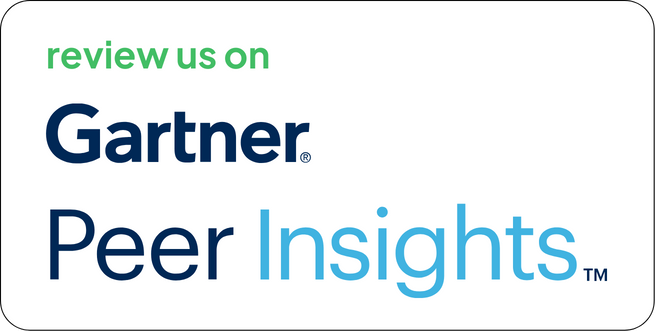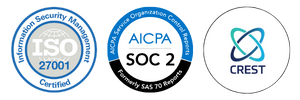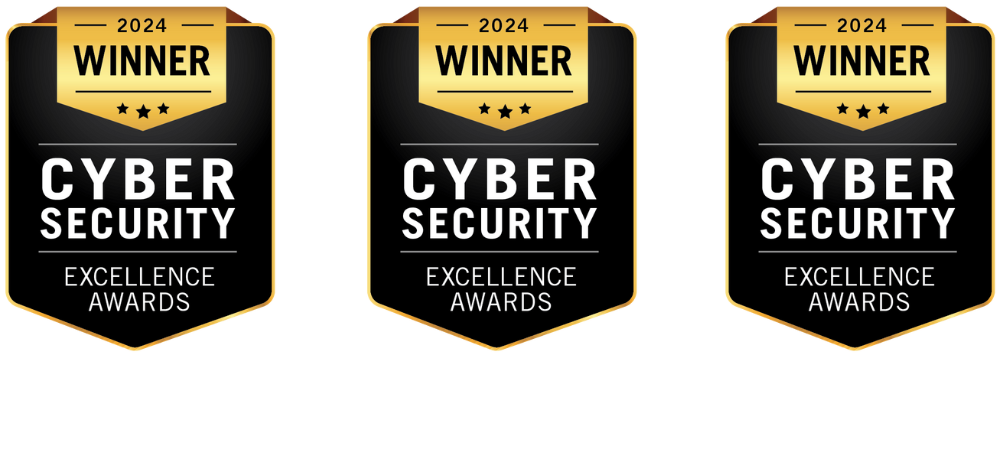Security teams face a growing challenge in managing risk across modern cloud infrastructure. Wiz offers a powerful agentless security graph to uncover misconfigurations, exposed services, and risks within AWS, Azure, GCP, and Kubernetes environments. However, the sheer volume of findings from Wiz often exceeds what teams can act on, especially when working across multi-account and multi-cloud environments.
This is where Strobes come in. As part of its Continuous Threat Exposure Management (CTEM) platform, Strobes integrates with Wiz to convert high-volume findings into actionable, prioritized, and trackable remediation tasks across environments and business units.
Let’s break down how this integration works, what problems it addresses, and what value it creates across security, DevOps, and compliance teams.
What Is Wiz?
Wiz is a cloud-native application protection platform (CNAPP) that performs agentless scanning to detect configuration risks, exposed credentials, container vulnerabilities, and overly permissive IAM roles. It creates a security graph that links cloud assets, identities, networks, and code risks.
Key strengths of Wiz include:
- Deep scanning of cloud services, containers, VMs, and identities
- Cloud-native risk modeling with business context (e.g., exposure paths)
- Single view across multi-cloud environments
- Near real-time misconfiguration detection
While Wiz identifies cloud risks effectively, it lacks built-in support for:
- Deduplication across repeated exposures or overlapping tools
- Custom business-specific prioritization
- Remediation automation and tracking
- Integration with existing DevSecOps workflows
What Is Strobes?
Strobes is an AI-driven CTEM platform that acts as a central risk brain for hybrid environments. It connects detection tools like Wiz to operational workflows by:
- Ingesting findings from scanners and CSPM tools
- Applying risk scoring based on threat intel, asset context, and business impact
- Assigning ownership based on asset metadata or business tags
- Automating remediation across ITSM and ticketing systems
- Generating executive-ready dashboards and compliance reporting
Strobes supports Risk-Based Vulnerability Management (RBVM), Attack Surface Management (ASM), and
Application Security Posture Management (ASPM).
Purpose of Wiz Integration with Strobes
This integration is designed for cloud-focused teams using Wiz who need:
- A structured way to triage large volumes of findings
- Workflow alignment across DevOps, Security, and Cloud Engineering
- Prioritization based on exploitability and asset importance
- Centralized dashboards that reflect real-time remediation progress
By bringing Wiz findings into Strobes, security teams can shift from alert consumption to coordinated action.
What the Integration Actually Does?
1. Data Ingestion from Wiz
Strobes connects to the Wiz API and pulls:
- Cloud resource metadata: account, region, service, asset tags
- Security graph findings: misconfigurations, privileges, exposure chains
- Vulnerability metadata: CVEs, severity, description, remediation advice
Ingestion runs on a scheduled basis (e.g., hourly or daily) or can be triggered manually.
2. Normalization and Deduplication
Strobes transforms Wiz data into its internal model:
- Findings from multiple cloud accounts are normalized
- Duplicates across regions and scans are merged
- False positives or stale alerts are marked for closure
This prevents redundant triage and improves signal-to-noise ratio.
3. Risk Scoring and Prioritization
Every Wiz finding is re-evaluated by Strobes using:
- Exploit intelligence: public exploits, trending threats
- Asset context: internet exposure, data classification
- Business tagging: production vs. staging, revenue-generating apps
This results in custom risk scores that highlight the top 5% of issues requiring immediate action.
4. Workflow Integration
Based on score and metadata, Strobes automates:
- Ticket creation in Jira, ServiceNow, Azure DevOps
- Assignment based on business unit, region, or asset tag
- SLA enforcement and deadline tracking
- Fix validation through re-scan checks
- Notifications via Slack, Teams, or email
5. Dashboards and Reporting
Strobes provides centralized dashboards that show:
- Open vs. closed Wiz findings over time
- SLA compliance by team or BU
- Risk distribution by cloud account and provider
- Compliance posture for NIST, ISO, PCI, etc.
This enables technical and executive stakeholders to track remediation progress and risk reduction.
Why This Integration Matters?
1. Reduces Alert Overload
Strobes deduplicates thousands of Wiz findings across multiple environments, removing redundant entries and collapsing similar risks. Analysts spend less time sorting and more time resolving.
2. Adds Context to Prioritization
A misconfiguration on a staging server doesn’t carry the same weight as one on a production database. Strobes ensure prioritization reflects exposure risk and business sensitivity.
3. Enforces Accountability
Ownership is automatically assigned based on asset tags and business units. SLAs are enforced, and remediation steps are tracked.
4. Aligns Security with DevOps
By integrating with tools like Jira and Slack, security tasks blend into existing engineering workflows without creating new friction.
5. Enables Real CTEM Execution
Strobes and Wiz together enable full lifecycle threat exposure management:
- Detection (Wiz)
- Ingestion & Prioritization (Strobes)
- Action (Remediation tickets)
- Validation (Fix confirmation)
- Reporting (Dashboards & compliance)
Who Uses Wiz Integration with Strobes?
Ideal for:
- Enterprises with large multi-cloud footprints
- DevOps-heavy orgs that need embedded remediation
- Teams managing high volumes of CSPM alerts
- Regulated industries requiring audit-ready workflows
Final Thoughts
Wiz excels at exposing risk. Strobes ensure that exposure is closed in a structured, auditable, and scalable manner.
Wiz Integration with Strobes bridges detection and remediation, helping cloud security teams stay ahead of misconfigurations, compliance drift, and privilege exposures.
Want to see it in action? Book a 30-minute walkthrough with our team.
Contact the Strobes team. Schedule a call right now!





